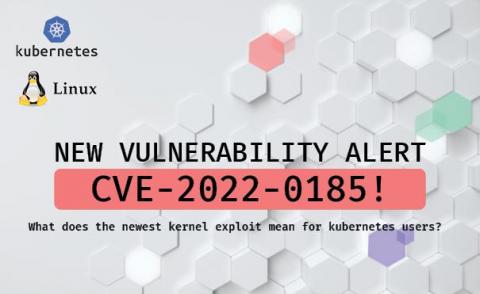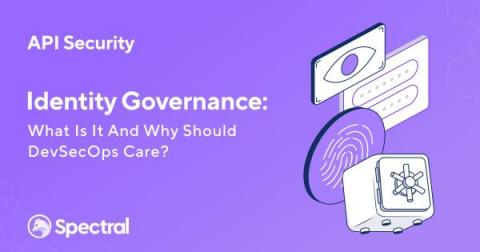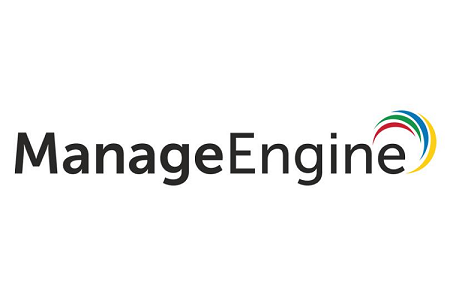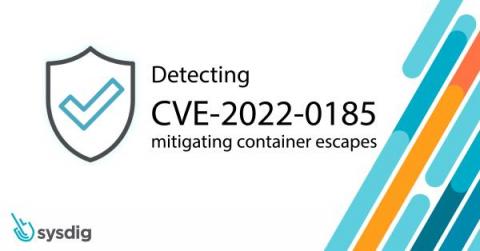CVE-2022-0185 - What does the newest kernel exploit mean for Kubernetes users and how to detect it?
In the last few days, Linux maintainers disclosed a broadly available Linux kernel vulnerability that enables attackers to escape containers and get full control over the node. To be able to exploit this vulnerability, the attacker needs to be able to run code in the container and the container must have CAP_SYS_ADMIN privileges. Linux kernel and all major distro maintainers have released patches.










